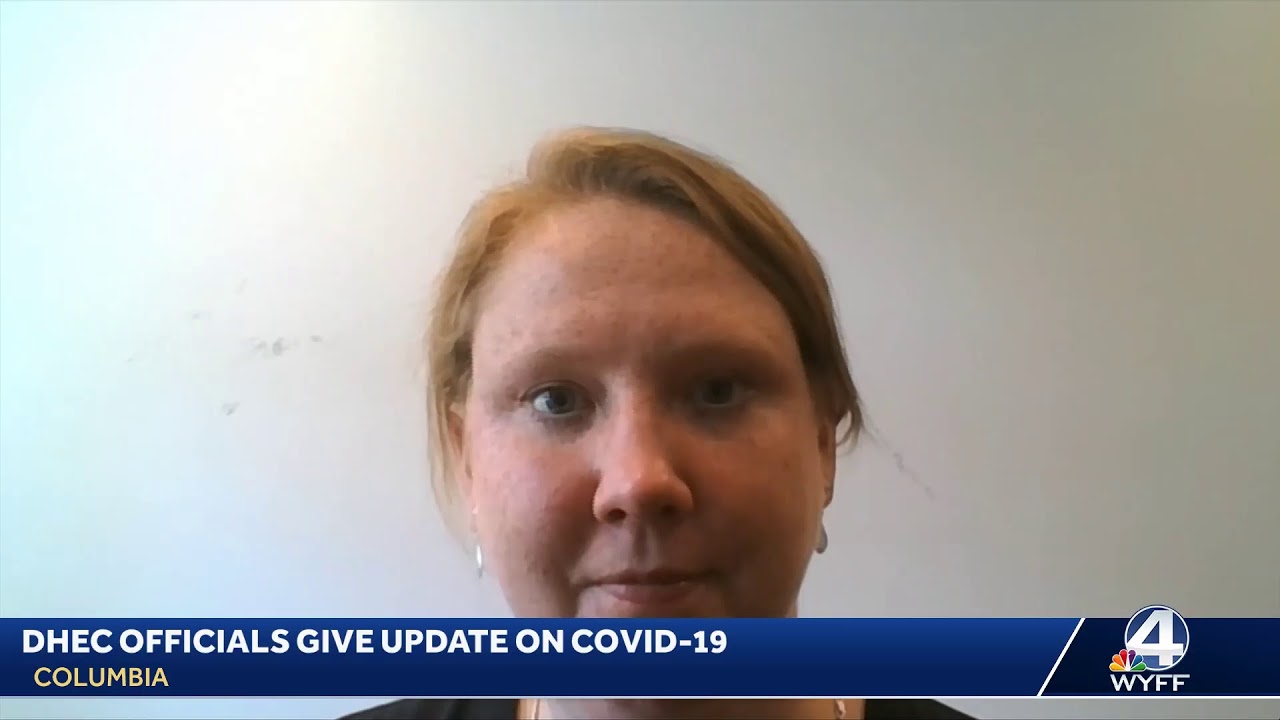By John Boyanoski
The Upstate has been booming for more than 20 years, and there is no end in sight. The total population is projected to be almost 1.75 million by 2040, an increase of 64% since 1990.
People are coming for the jobs and weather, but also decades of public relations campaigns — both organic and planned — that helped brand this region as a unique place on the American landscape tucked away between the massive metros of Atlanta and Charlotte.
Actually, even the name Upstate is the result of a relatively recent media campaign. For generations, our region was generally known as the Upcountry, as a contrast to the Lowcountry. The name Upstate, which had been used sporadically, didn’t become widespread until after the moon landing in 1969.
Here are some of the classic public relations stories that have changed the region:
- The Textile Capital of the World. Anyone who has lived in Greenville for more than five years knows this phrase. It is a wonderful nod to our textile past, but it is more than just a phrase. This was on signs that welcomed people to Greenville. It was a source of community pride. Before “Yeah, THAT Greenville,” this was our slogan. To be fair, the original phrase was “Textile Capital of the South.” And it was pretty much made up by the Greenville Chamber. Well, yes, Greenville had a lot of textile plants and operations for generations, but the phrase itself was self-proclaimed. We never won a competition, nor was a scientific study done. We just sort of took it and ran with the idea.
- The PHD. From 1924 through 1985, one Greenville County school pumped out hundreds of PHDs into our local community each spring. Wait, Greenville had that many graduate students? No, Greenville had Parker High School, where graduates were always proud of the Parker High Diploma, a.k.a. the PHD. However, the PHD was a great PR tactic to recognize a school that was called the Mill Village Miracle by Reader’s Digest in 1941 and found itself among America’s top 100 high schools in 1955, 1957, 1960, 1966 and 1971. According to most accounts, Parker High was a model of progressive vocational education.
- Spartanburg as the Hub City. While some call it Sparkle City, most know it as the Hub City based on its long-ago past as a railroad hub. Everything from peaches to linens came through there to head out to the rest of the nation. The train activity is gone, but the name lives on as a testament to the community’s industrial prowess. Looking for further proof? Google how many businesses and groups use the name Hub City.
- Anderson as the Electric City. When electric power came to South Carolina, it first came to Anderson. That is where the name Electric City comes from. Just like Spartanburg, Anderson has kept this brand name alive well into the 21st century. But a quick aside on the fascinating story of how Anderson turned on the lights, so to speak. In 1889, city leaders decided to build the town’s waterworks and a dynamo to generate steam-powered electricity. They even consulted with Nikola Tesla on the project before launching the first-in-the-world 5,000-volt generator for a dam and powerhouse in 1893. Almost immediately afterward, the name Electric City entered the vernacular.
- A downtown Greenville baseball stadium was the result of what started as some bad communications by the Atlanta Braves. For those who don’t remember, the Braves used to have a AA team that played in a stadium on Mauldin Road. In the late 1990s, the team’s management talked about the need for some minor updates to the stadium but never really expressed them properly. The need for better drainage got lost in translation, and it came out the Braves wanted a new stadium. That led to several years of twists and turns over the future of professional baseball in the Upstate that ultimately led to the Greenville Drive playing at Fluor Field for the past 15 years.
There you have it: five times when simple public relations changed how we looked at the region the majority of those reading this call home.
John Boyanoski is the president of Complete PR, a full-service media and public relations firm in Greenville. He also is the author of four books that share South Carolina history, including “Reimagining Greenville: Building the Best Downtown in America.” He can be reached at jboyanoski@completepr.net.
The post The times that PR (both good and bad) reshaped the Upstate appeared first on UPSTATE BUSINESS JOURNAL.










